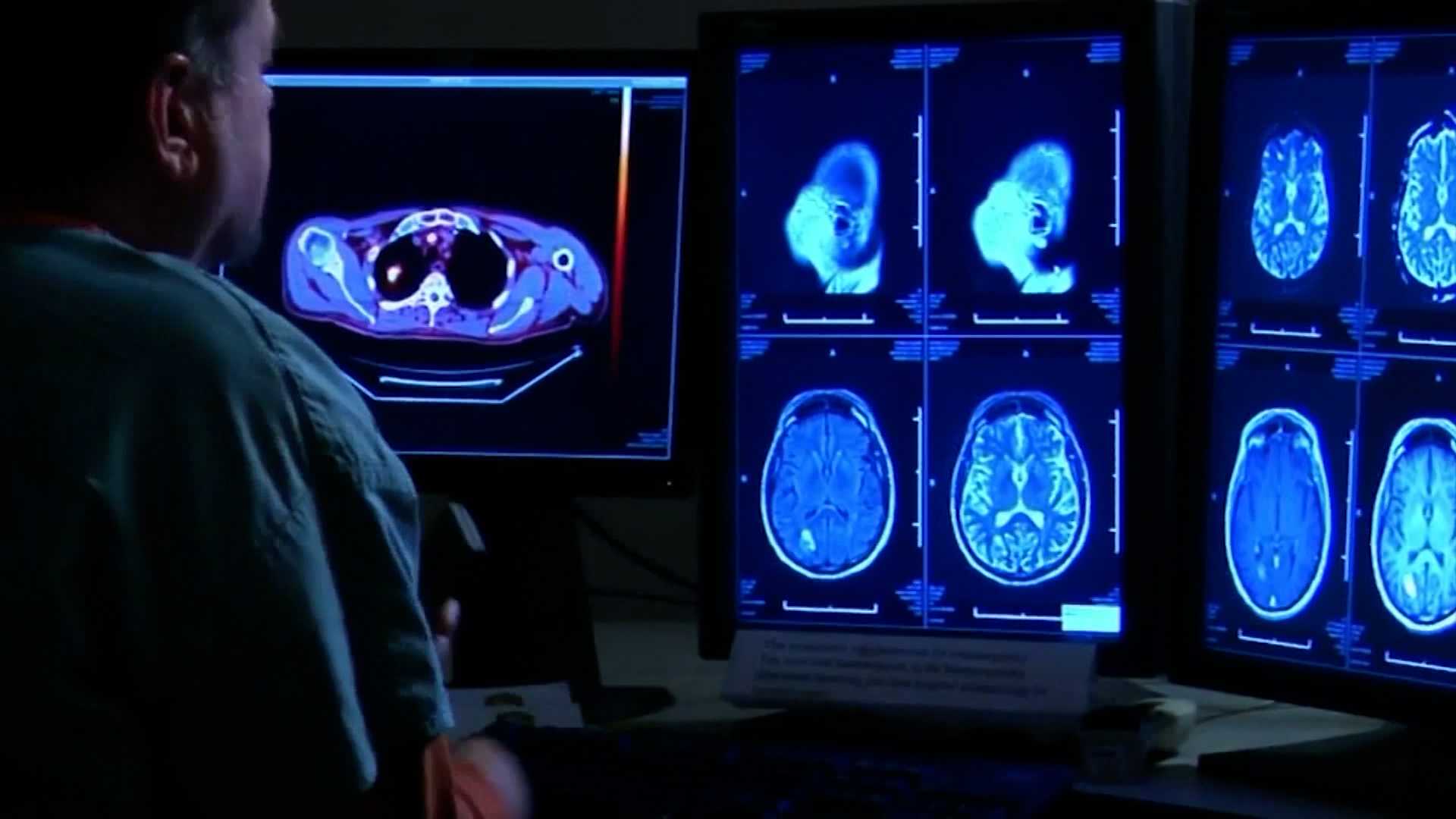Chronic Traumatic Encephalopathy, or CTE, represents one of the most pressing and devastating neurological challenges in modern sports and public health. This progressive brain disease, intricately linked to repeated head trauma, has emerged as an existential threat to professional sports leagues and a profound concern for athlete welfare globally, profoundly impacting individuals’ mental health and cognitive function.
One of the most frustrating aspects of CTE is its definitive diagnosis, which currently remains elusive until after death. However, groundbreaking research, notably from Boston University’s Medical School, is pushing the boundaries of what is known. Scientists there meticulously examine post-mortem brain tissue, identifying the distinctive accumulation of tau protein, a key pathological marker for the disease.
The studies at Boston University and other institutions have significantly advanced our understanding of the debilitating neurological symptoms associated with CTE. Researchers have established a compelling link between higher concentrations of tau protein in specific brain regions and the severity of clinical manifestations such as memory loss, depression, and a profound lack of emotional control. These findings offer crucial insights into the disease’s progression and its varied impact on mental health.
For decades, the National Football League faced intense scrutiny and widespread criticism over its perceived denial of the link between football and brain disease, leading to a cascade of billion-dollar lawsuits and congressional hearings. Only in 2016 did the NFL formally concede this critical connection, acknowledging the severe risks associated with repeated concussions and head trauma inherent in the sport, a pivotal moment for player safety.
The tragic case of Shane Tamura, the individual involved in a New York City incident, starkly illustrates the profound personal distress attributed to this brain disease. Tamura, a former high school football player, explicitly blamed the NFL for his severe mental health problems in a note discovered posthumously, urging that his brain be studied. This unsettling event underscored the extreme toll CTE can take and the desperate plea for scientific understanding.
The escalating awareness of CTE’s dangers extends beyond professional leagues, prompting significant discussions about player safety at all levels, including youth football. Concerns have led several states to contemplate banning tackling in youth leagues, while various sports organizations have implemented rigorous concussion protocols and rule changes designed to mitigate the most violent aspects of contact sports, striving to reduce head trauma.
Despite the challenges, intensive research efforts are underway to develop reliable diagnostic methods for CTE in living patients, including advanced brain scans. These advancements are critical because a confirmed diagnosis is a prerequisite for developing effective treatments and therapies. Scientists and medical professionals are optimistic that ongoing studies will eventually lead to a checklist of symptoms and objective measures, paving the way for targeted interventions and improved care for those affected by this degenerative brain disease.
The journey to fully understand and combat CTE is far from over, yet the dedication of researchers and the increasing awareness among the public and sports organizations offer a beacon of hope. Continued focus on scientific inquiry, enhanced player safety initiatives, and robust concussion research are paramount to protecting future generations of athletes from the devastating and long-term consequences of this complex neurological disorder.






Leave a Reply